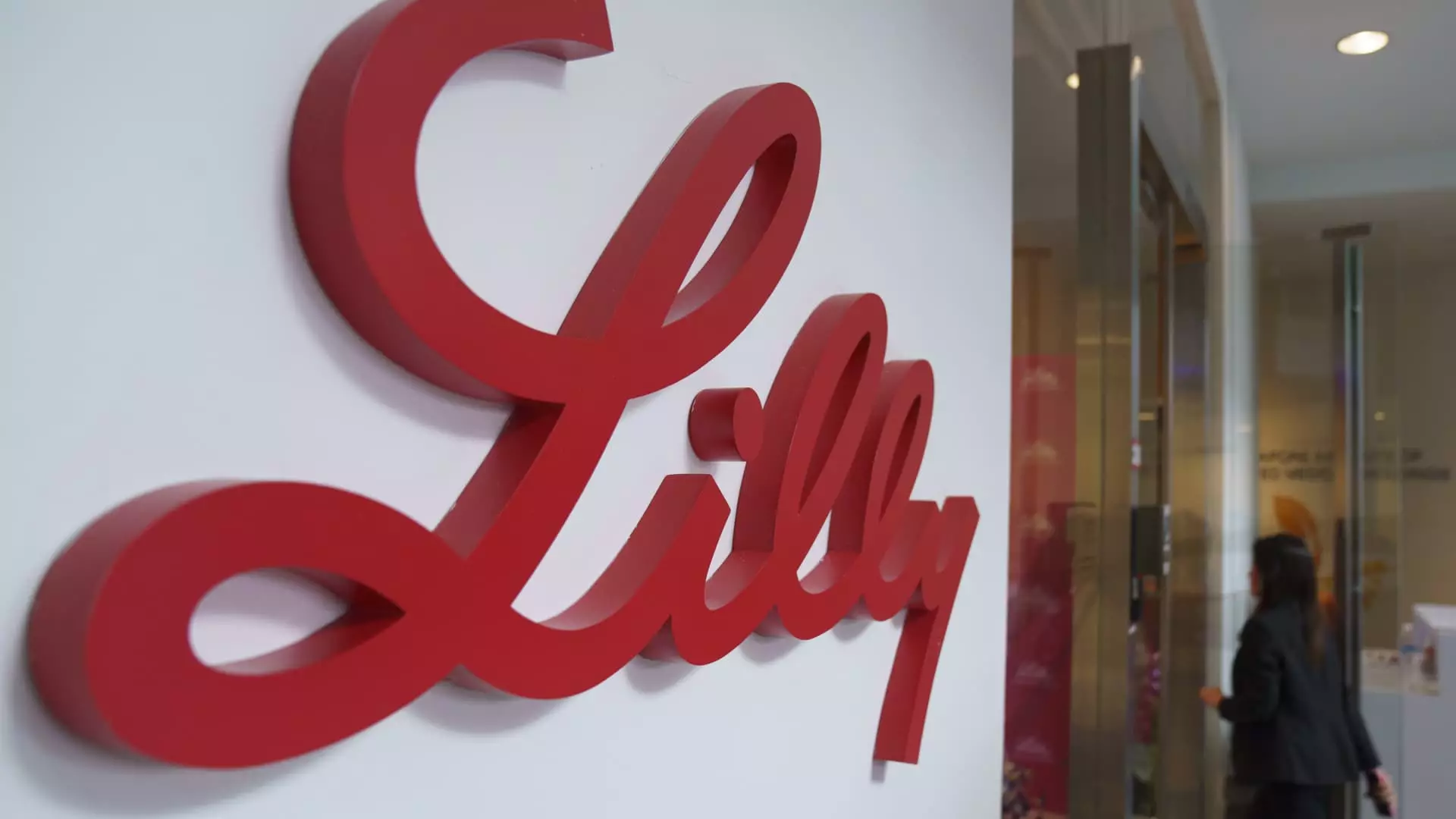In a surprising turn of events, pharmaceutical giant Eli Lilly has revised its revenue guidance for 2024, expecting it to hover around $45 billion—a notable decrease from the earlier prediction of $45.4 billion to $46 billion made just a few months earlier. Eli Lilly’s decision to cut its revenue estimates has been met with Jarringly negative responses from investors, evident in the more than 7% drop in the company’s stock price during midday trading on Tuesday. Nevertheless, even with this decrease, the revenue projection still signifies a substantial growth of 32% when compared to the previous year’s figures.
The anticipated shortfall in revenue appears to stem from an unexpected decline in demand for two of Eli Lilly’s key products: Mounjaro and Zepbound, which are designed to manage diabetes and support weight loss, respectively. As Eli Lilly navigates this competitive landscape, it faces robust challenges not only from established players like Novo Nordisk but also from emerging pharmaceutical companies vying for a slice of the lucrative diabetes and obesity treatment market. The pressure of competition is heightened, especially as patients and healthcare providers continue to seek effective, easily accessible solutions in this burgeoning sector.
Eli Lilly has been proactive in enhancing its manufacturing capabilities to meet the surging demand for its incretin drugs. The company’s CEO, Dave Ricks, revealed in a recent interview that significant investments have been funneled into escalating production capacity. Notably, he reported that the company anticipates an increase of at least 60% in the manufacture of sellable doses for its incretin medications during the first half of 2024, a move that indicates their commitment to establishing a stable supply chain. This optimism is echoed in recent announcements from the Food and Drug Administration, which have addressed previous shortages of tirzepatide, the active component in both Mounjaro and Zepbound.
Future Projections Amid Uncertainties
For the upcoming fourth quarter, Eli Lilly projects revenue figures reaching $13.5 billion, accounting for roughly $3.5 billion from Mounjaro and $1.9 billion from Zepbound. Interestingly, these forecasts are slightly below Wall Street’s expectations, which had anticipated revenues of around $13.94 billion for the quarter and $45.49 billion for the entirety of 2024. The cautious sentiment surrounding these figures is not unwarranted; Ricks noted that though the incretin market experienced a formidable 45% growth compared to the previous year, the company had anticipated an even more aggressive acceleration. Components such as lower channel inventory at the year-end have contributed to this recalibrated outlook.
The Road Ahead
Despite the current challenges, Eli Lilly maintains a long-term positive outlook, forecasting sales between $58 billion and $61 billion for the fiscal year 2025. The commitment to innovation is evident, as the company is actively developing a new obesity pill aimed at enhancing patient convenience and operational feasibility. If this new medication receives approval as expected early next year, it may bolster Eli Lilly’s position in the market. In the volatile landscape of pharmaceuticals, Eli Lilly’s adaptability will be put to the test, as leveraging these innovations while aligning with market demands will be critical in navigating the evolving industry landscape.


Leave a Reply